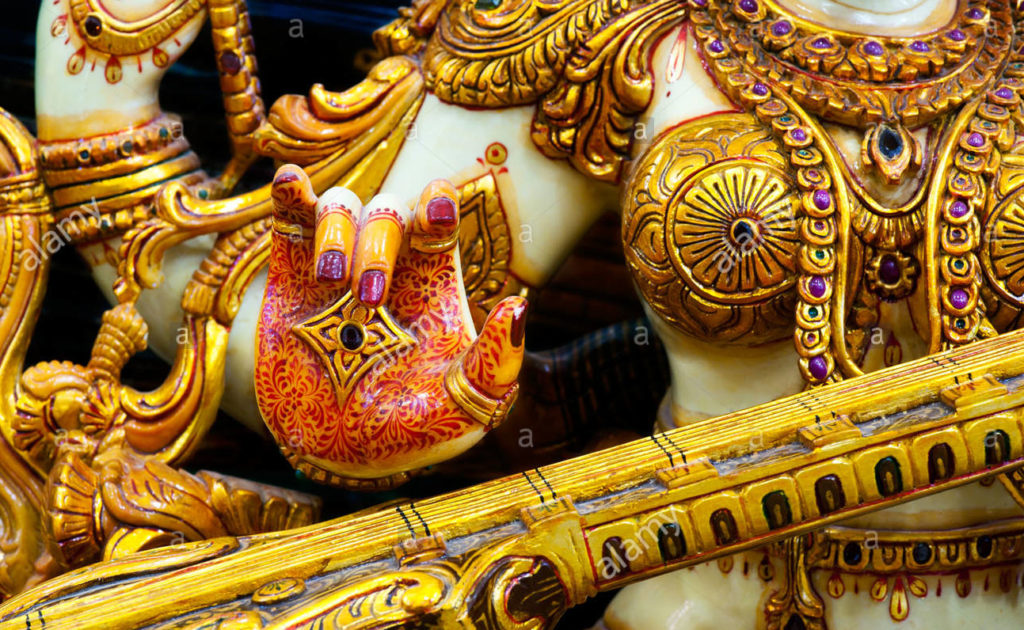
Away From Gods and Goddesses!
A viral video that shows Vipin Kumar being beaten up with sticks and iron rods is a sad commentary on contemporary India. The reason Vipin Kumar is beaten up is linked to the caste system. Allegedly the Gujjar boys are beating Vipin Kumar and he is being forced to praise the Hindu gods and goddesses. A few months back, Vipin Kumar and his friends posted a video in which they are removing the gods and goddesses from their homes. First of all, it has been clear that the untouchables were never ever Hindus.
This sociological fact is having an important bearing on culture and politics of India’s untouchables. They were truly untouchables and often they kept their untouchable position by not having anything to do with Brahminism. As Babasaheb Ambedkar wrote in the Who were the Shudras, the practice of untouchability was two way. The untouchables considered the Brahmins untouchables.
In the modern times, the Brahminism succeeded in forcing their religious symbols onto other castes including the untouchables castes. Even today, the symbols worshipped by the untouchables are different from that of the other dominant Hindu castes. If the people are throwing their god and goddesses, it should not concern other castes for any number of reasons. The first being, the different castes are not related by any religion and any god. In India, to be a Hindu is a riddle. The majority of the Indians who go in the name of Hindus have no ritual like the people of other religions to call themselves Hindus. Only the upper three Varnas have what is called upanayana. The Shudras cannot wear the sacred threads and hence technically they are not Hindus.
The 22 vows administered by Babasaheb Ambedkar during the conversion is a map for all the untouchable communities throughout India. They are set of directions that must be undertaken to destroy the caste system and they are voluntary vows to be undertaken by those who would like to commit to destroy the caste system in India. The first set of vows encourages the people to accept only one refuge and that is the refuge in the possibility of human awakening. It sets an ideal or goal before the human beings as to what possibly they can become if they commit their lives to that ideal.
The rest of the vows are a path to that goal of human awakening. Even if one does not look at the 22 vows as the religious document, it is actually a recipe for a peaceful social revolution in India. Caste Hindus beating up Dalits for removing the photos of gods and goddesses is illegal as the constitution of India gives right to chose a religion to all the Indians.
Author – Mangesh Dahiwale, Human Rights Activist



+ There are no comments
Add yours